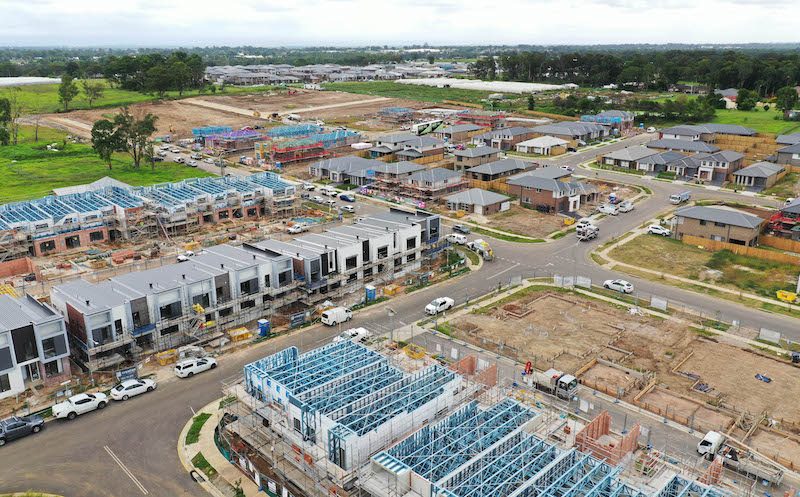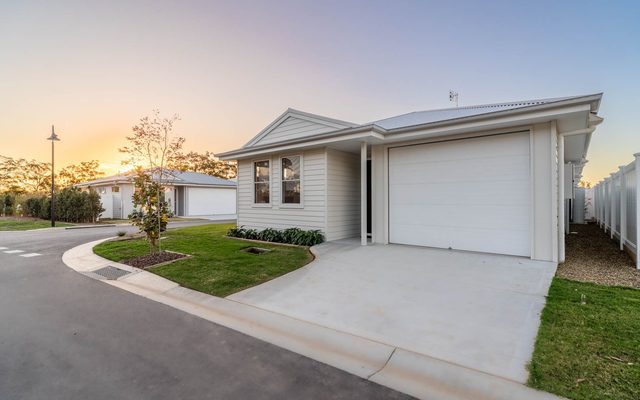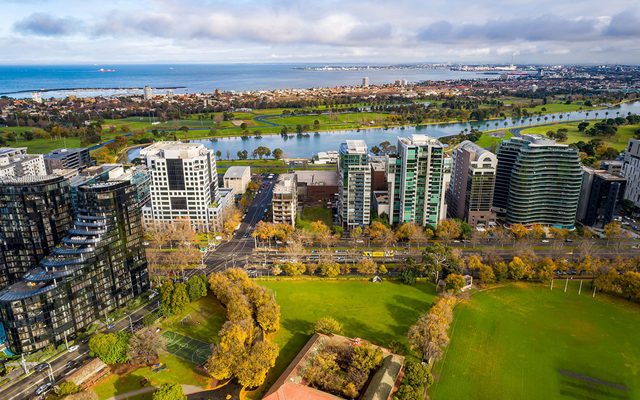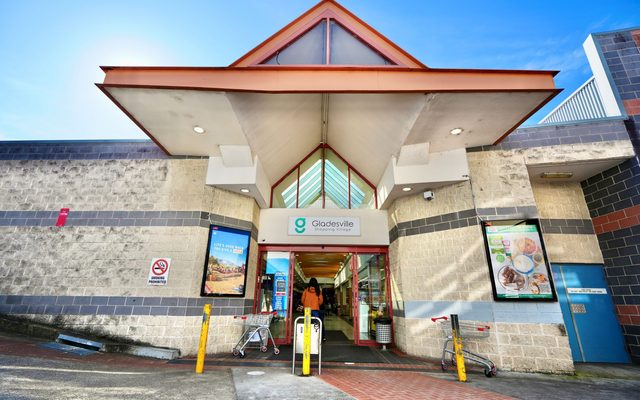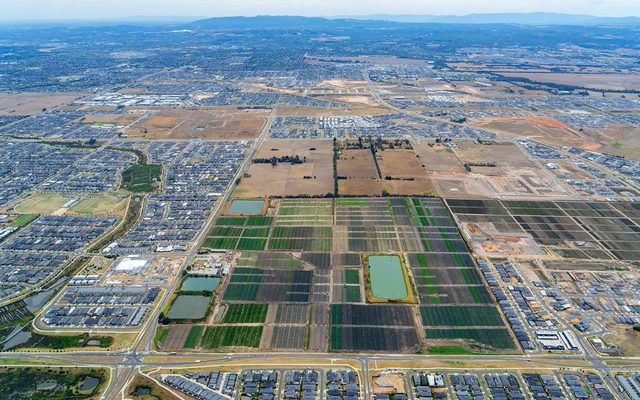This article is from the Australian Property Journal archive
DESPITE billions of dollars’ worth of new “well-located homes” and social housing on the way, weak approval numbers suggest the stock shortage contributing to the national housing crisis could become worse.
Data from the Australian Bureau of Statistics showed the total number of dwellings approved fell 1.0% in January, after a 10.1% fall in December, to 12,850 approvals. While apartment and townhouse approvals jumped 19.5%, driven by a rise in Queensland, detached homes were down 9.9% – the segment’s weakest monthly result since April 2012.
Total approvals sit 4.8% higher than a year earlier.
Queensland saw a 31.8% leap in the month. Western Australian (11.4%) and Tasmania (5.1%) saw gains, while NSW (down 14.9%), Victoria (by 9.8%) and South Australia (by 7.2%) fell.
In trend terms, private sector houses have fallen for four consecutive months.
The value of total building approved rose 14.7%, following a 6.7% drop in December. New residential building lifted 19.4% to $7.14 billion and there was a 3.1% fall in alterations and additions.
The value of non-residential building rose 12.4%, on the back of a 10.8% fall the previous month.
Stock deficiency set to grow
Maree Kilroy, senior economist for Oxford Economics Australia said total dwelling approvals are running at 162,640 annualised, “a level well below Australia’s underlying dwelling requirement”.
“Our modelling estimates a significant stock deficiency of around 110,000 dwellings and we expect this to grow further in coming years”.
Australia’s housing crisis has seen rents surge and rental vacancies sitting around historic lows, while ongoing house value growth has stretched affordability and is putting the dream of home ownership out of reach for a fast-growing cohort of Australians.
The Albanese government has set out to tackle the issue of supply, and billions’ of dollars worth of new housing builds are on their way. The National Housing Accord, struck with the states and territories, aims to deliver 1.2 million “well-located homes” across the country over five years from July, while the $10 billion Housing Australia Future Fund (HAFF) kicks off at the same time, aiming to deliver 30,000 new social and affordable homes. The HAFF is accompanied by the $2 billion Social Housing Accelerator, which aims to provide a further 4,000 social homes.
While critics of the HAFF say it doesn’t go far enough, some analysts, including Kilroy, say the targets are unrealistic in the first place, with contributing factors including higher interest rates, delays, and cost escalations pushing up new home prices and causing buyer anxiety, as well as planning lags.
Yesterday, Kilroy said issues remain in the progression of approvals to completion.
“These will linger through 2024,” she said.
Oxford Economics Australia believes residential commencements are near the bottom of the cycle, with a trough of 153,700 expected for FY2024 – a fall of 11%.
However, Kilroy said “some encouraging leads are emerging”.
“Development enquiries, land sales, and construction finance leads suggest a turning point in the coming months, especially for houses.”
